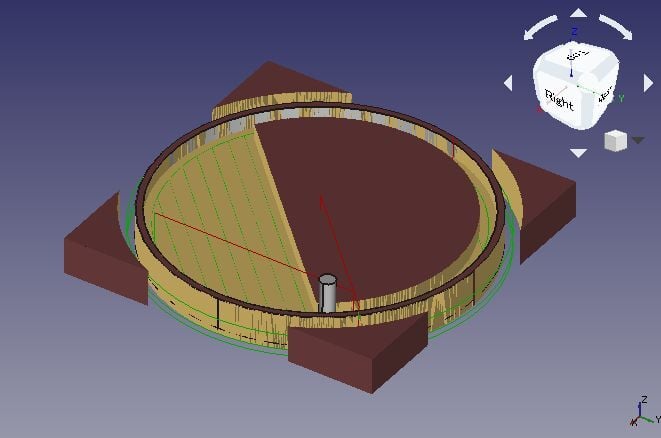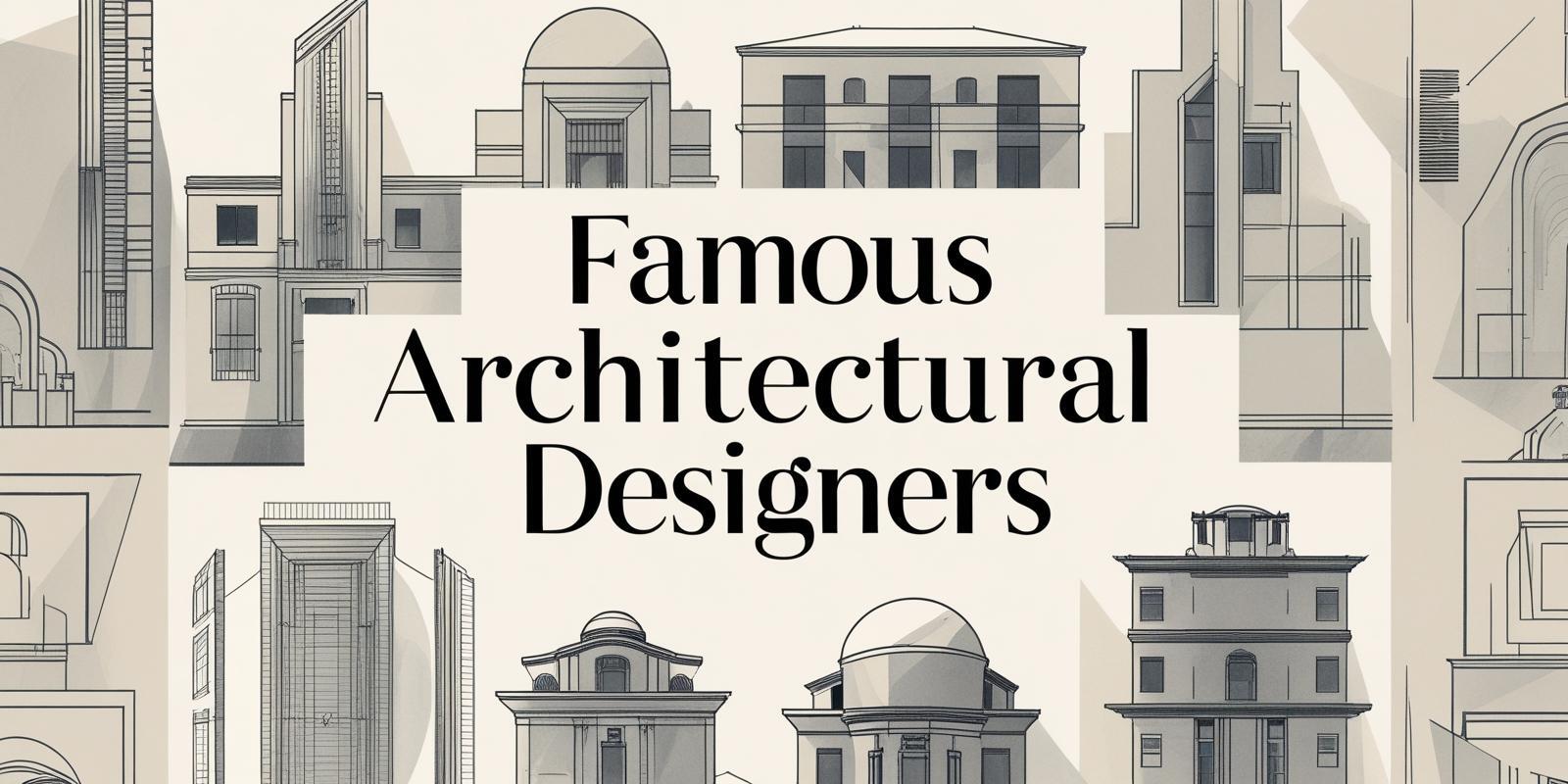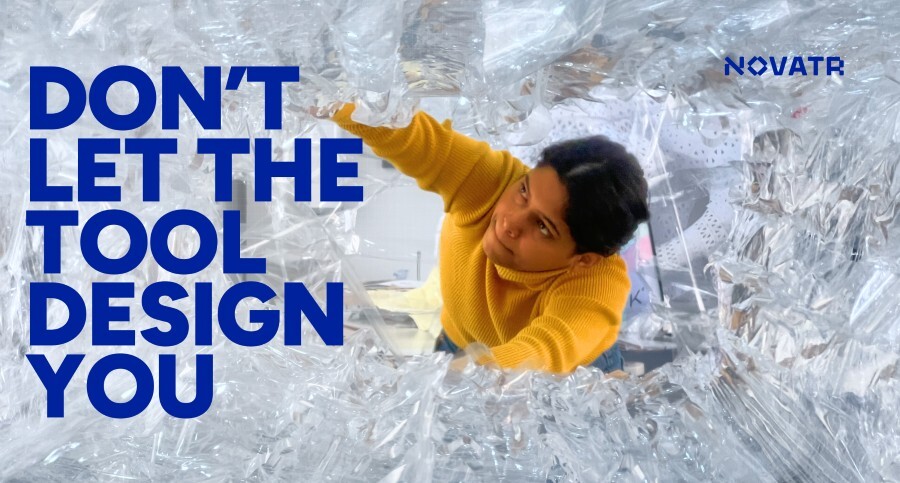
“What if the very tools you’re afraid of… are the ones that’ll unlock your boldest ideas?”
In this edition of The Next Step: Talking AEC Futures, we sat down with Jayanaveena Periyasamy, a graduate of the School of Planning and Architecture (SPA), Delhi, who ventured beyond conventional architecture to pioneer computational design. From her postgraduate studies at The AA DRL in London to working at Zaha Hadid Architects, London. Jayanaveena’s journey is an inspiring example of how being the odd one out could sometimes be the very thing that defines your career.
In this conversation, Jayanaveena opens up about:
The Relatable Conflict: Play it safe or go out of the box
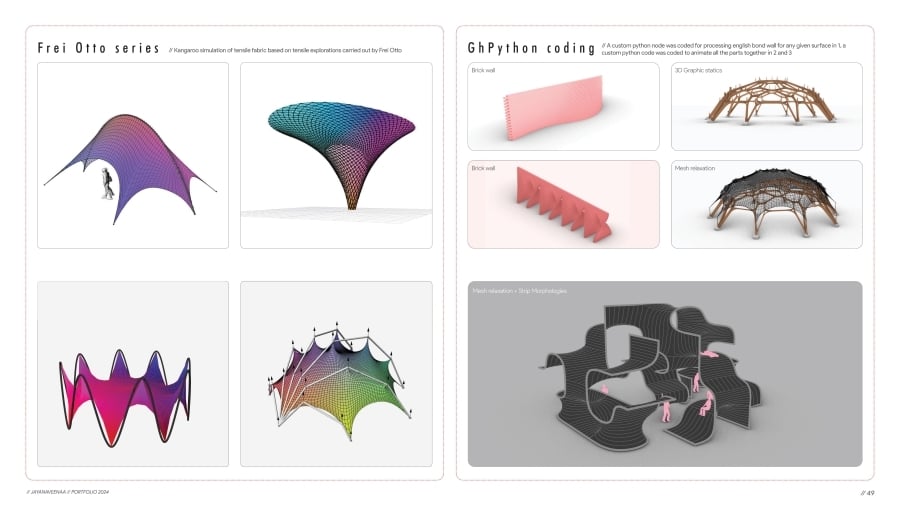
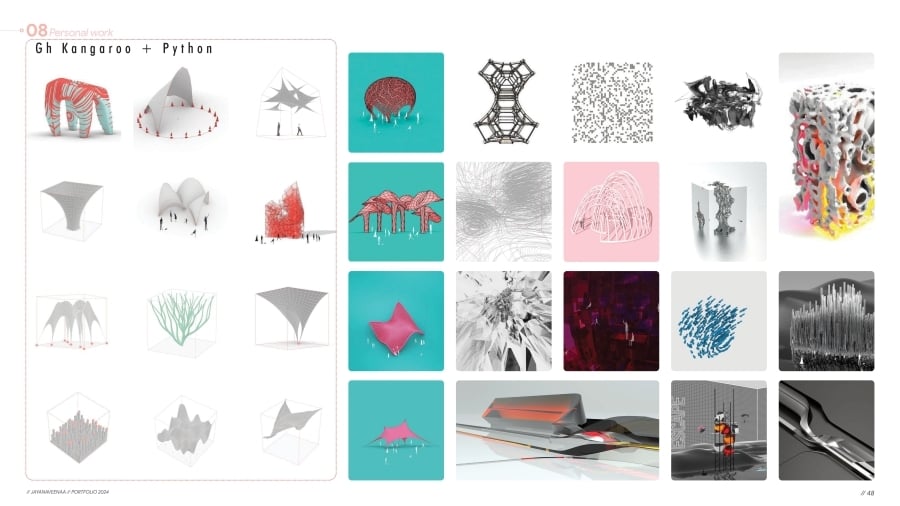
Like many architecture students, Jayanaveena’s early days were marked by studio projects, juries, and academic rigour at SPA Delhi. But while her peers focused mainly on conventional form-making, she found herself increasingly drawn to unconventional designs. In the third year of her undergrad, she came across Rhino and Grasshopper, tools that promised the freedom to shape complex, fluid forms she had only imagined till then. But with that freedom came criticism.
“I remember being told my designs were too experimental, too different. So I did five extra sheets just to explain my logic,” she laughs.
It wasn’t defiance. It was determination; to communicate her process better, to show that her choices weren’t random. They were rooted in curiosity and intent.
The Turning Point: Design beyond forms
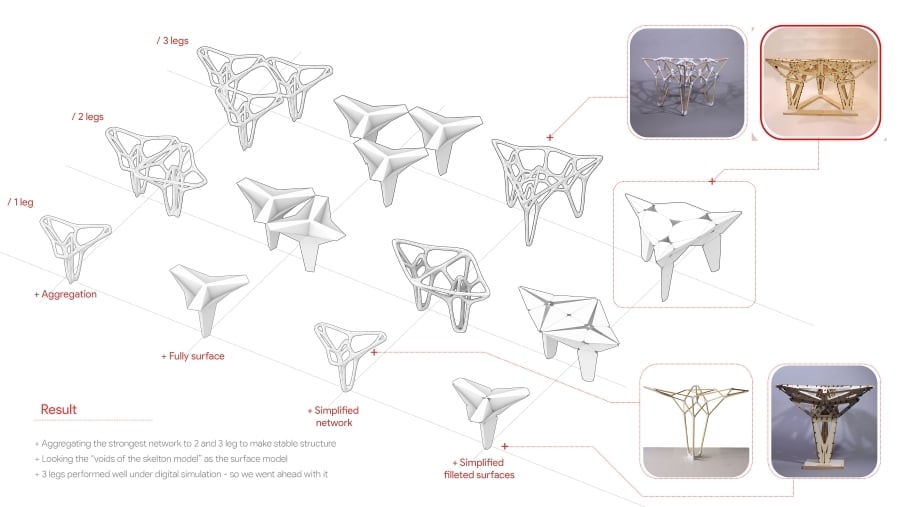
In a space where everyone followed a fixed brief, Jaya decided to question it. She learned the tools no one else was using, experimented late into the night, and spent her weekends testing ideas others found “too unconventional.”
Grasshopper became more than software; the new approach led to a mindset shift.
It taught her how to think in systems, not just forms and shapes. Her early experiments weren’t perfect, but they sparked something deeper — a belief that computation could give form to intuition.
The Leap to AADRL: From Curiosity to Clarity
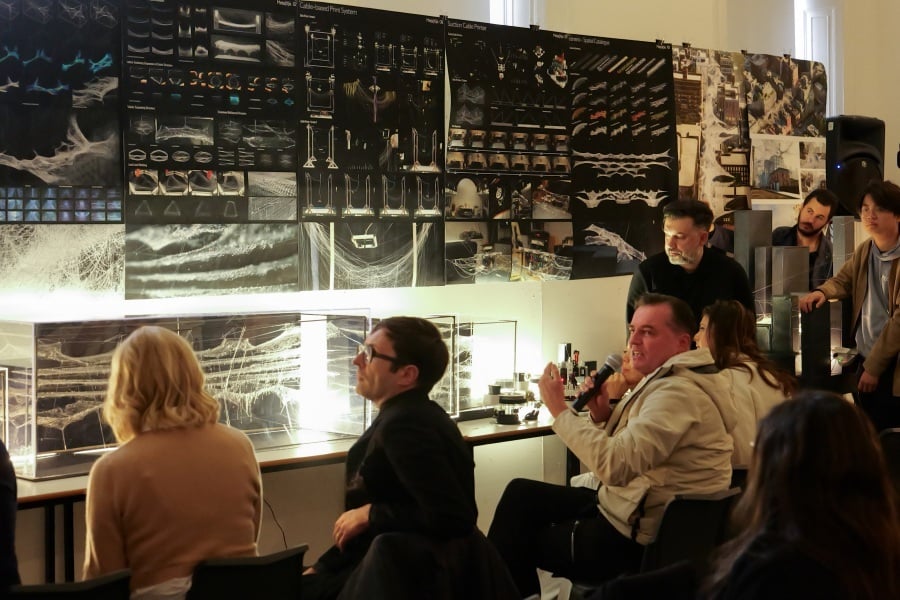
After graduation, Jaya made a bold move — pursuing her master’s at the Architecture Association Design Research Lab (AADRL) in London.
The shift wasn’t just academic; it was mental. The pace, the depth of research, and the rigor of questioning every design decision felt overwhelming at first.
“At AA, you can’t just say something looks good — you have to explain why. Every decision has to be backed by logic, research, or method.”
For Jaya, this was a transformation. The same instincts that once made her an outlier in India became her strongest tools abroad. She learned to balance intuition with analysis, emotion with precision, discovering that computation wasn’t about replacing creativity with code. It was about refining intuition through logic and designing with both heart and system.
Dealing with Self-Doubt
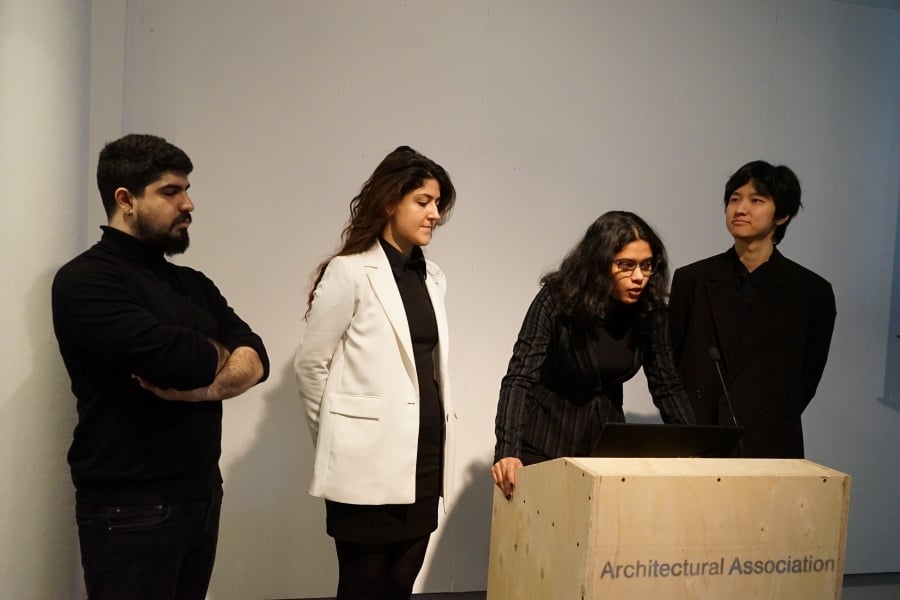
Jaya admits that walking into AA DRL and later working at Zaha CODE felt intimidating at first. Surrounded by some of the brightest computational designers in the world, it was easy to feel small. But she learned something that carried her through:
“You might start behind, but time and consistency catch you up. The hours you put in and the knowledge you gain eventually meet in the middle.”
It wasn’t about instant mastery; rather, it was about resilience. Each struggle with a new tool, each failed experiment, became a step toward confidence.
Designing with Tools, Not for Tools

For Jaya, computational design isn’t about worshipping algorithms or parametric models. It’s about knowing when to step beyond them.
“The tool is not the artist, you are.”
She believes that tools are only as powerful as the intent behind them. A designer must lead, interpret, and sometimes override the algorithm. That’s where innovation lies — in the friction between what’s possible and what’s personal.
Reflections: Advice to her younger self and future designers
Looking back, Jayanaveena wishes she had embraced experimentation earlier and sought mentorship actively.
“I’d tell my younger self: don’t fear uncertainty, it’s where growth begins.”
She also addresses misconceptions new designers hold:
“Computational design isn’t about mastering code overnight; it’s about curiosity, iteration, and integrating technology with design thinking.”
Conclusion
Today, Jaya stands among a new generation of designers redefining architecture with code, craft, and creativity. But her story isn’t about coding mastery — it’s about courage. The courage to explore what others ignore. The patience to learn what once intimidated her.
So if you ever feel like the odd one out in your studio, remember that might just be your signal. Because sometimes, the tools you fear the most are the ones waiting to reveal your boldest ideas.
Like Jaya, If you’re looking to build the right computational design skills, Novatr’s Master in Computational Design program can help you get there. And if you’d like to dive deeper into the world of computational design, our resource page is the perfect place to start exploring.
Was this content helpful to you



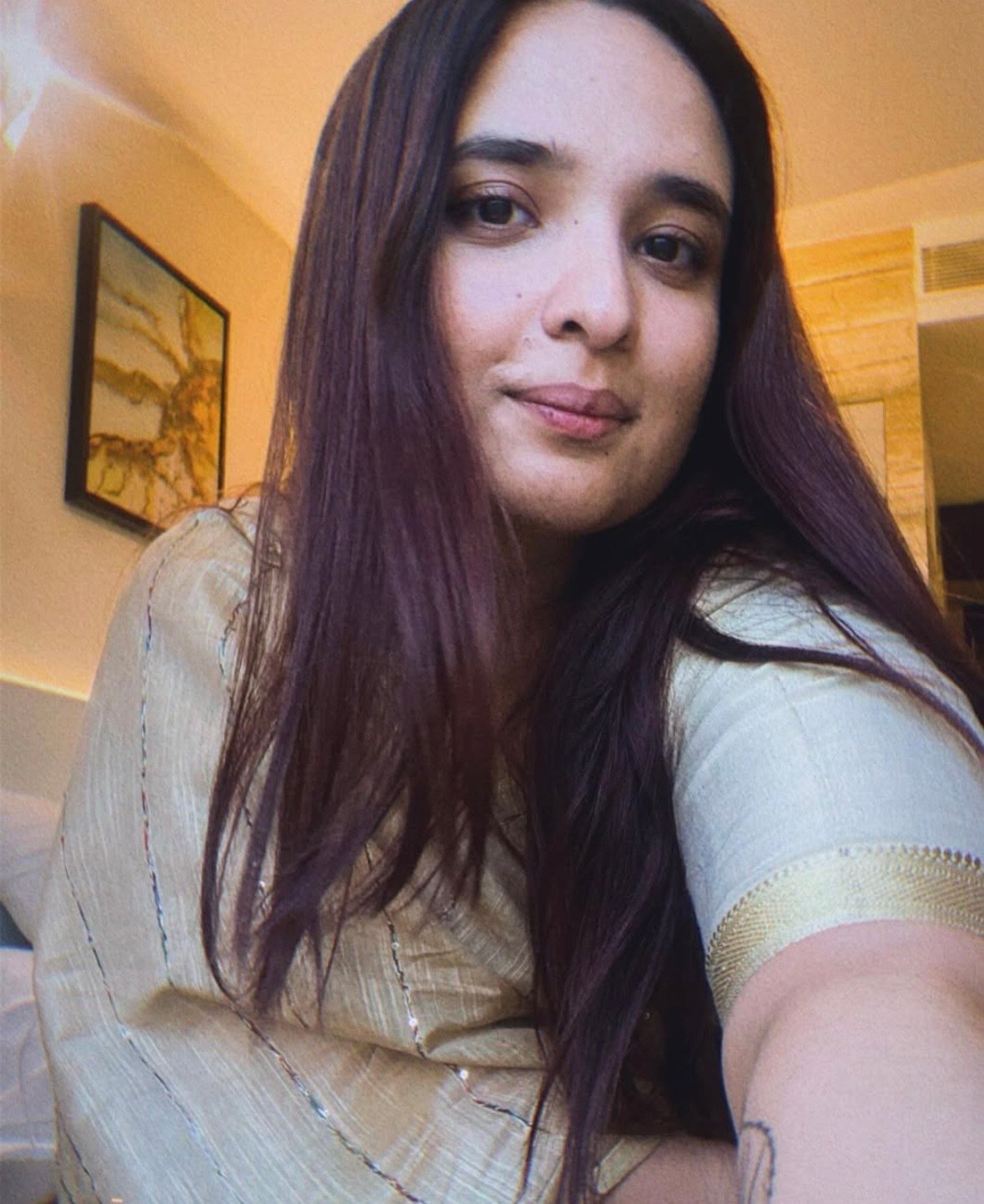
.png)
